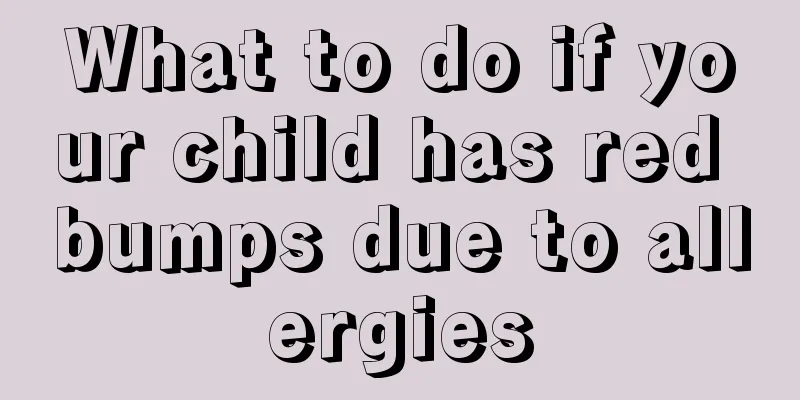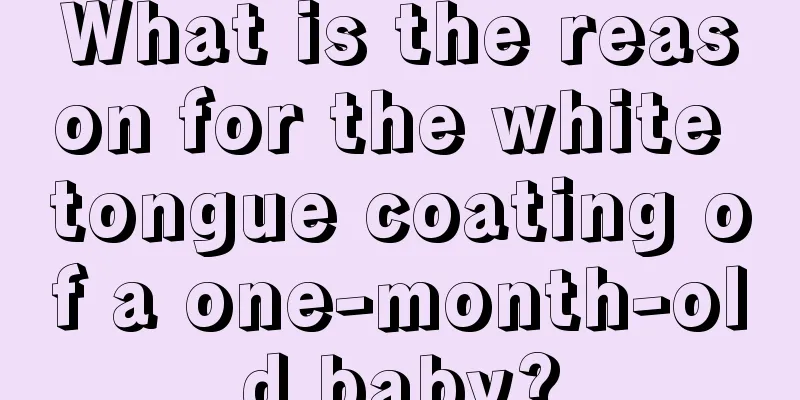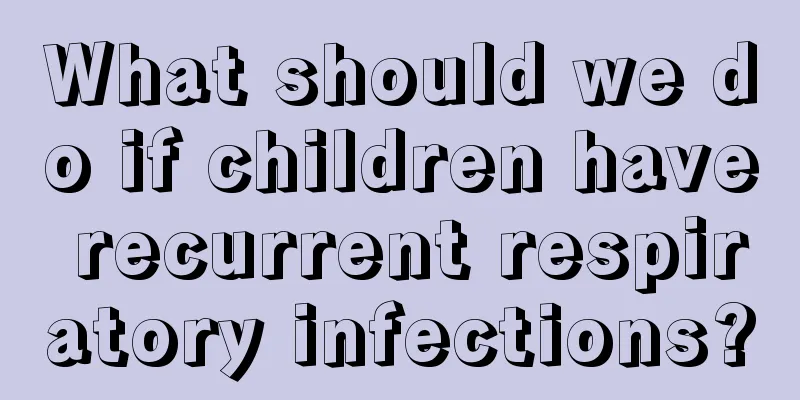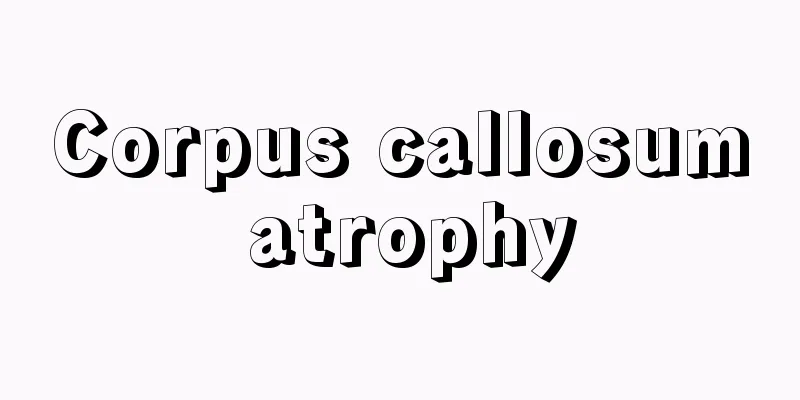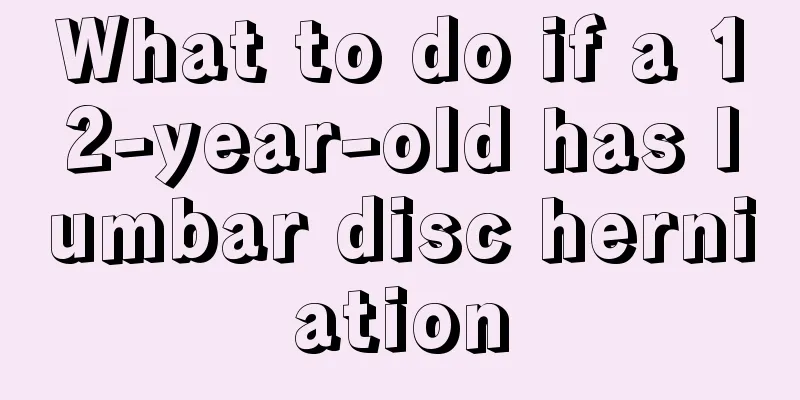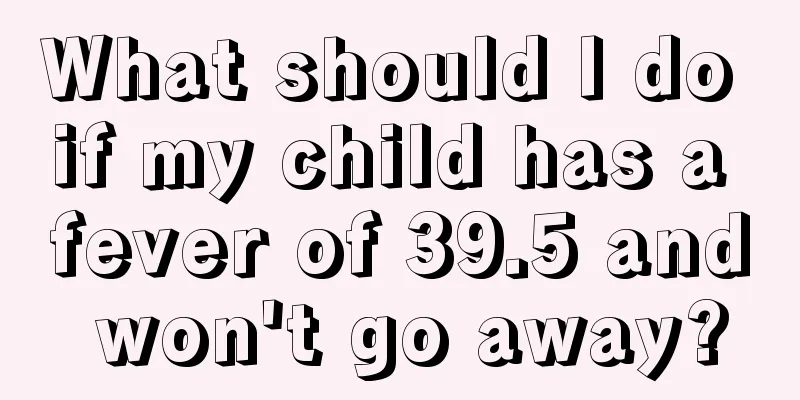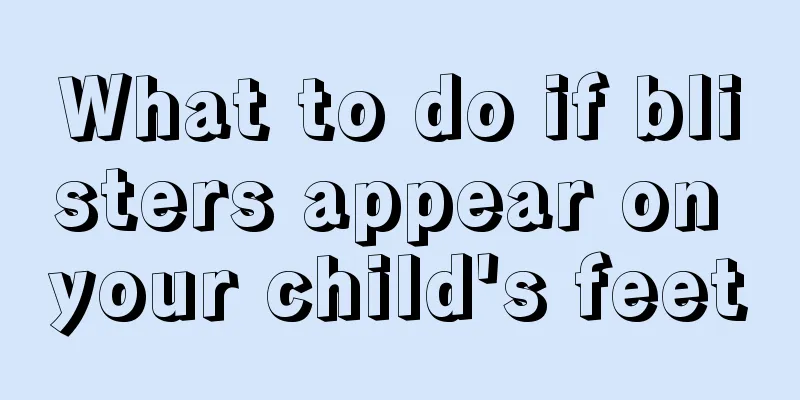What causes fever and convulsions in children?
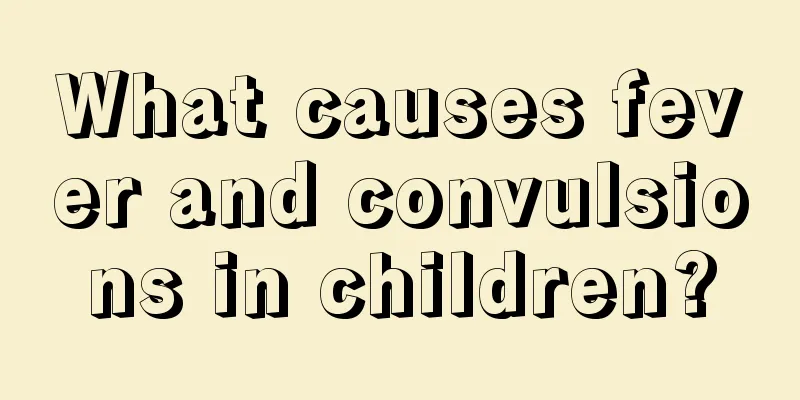
|
There are many health risks in life, especially children are often threatened and harmed by some diseases, so what is the reason for children's fever and convulsions? Persistent high fever can indeed easily induce convulsions, which is more dangerous. If the convulsions are persistent or recurring, the consequences are still very serious, so it is necessary to find out the specific cause of the disease. Children's fever and convulsions are medically called "febrile convulsions". This is mainly due to the imperfect development of the nervous system of infants and young children, such as poor inhibitory function of the cerebral cortex and incomplete formation of the nerve myelin sheath. Once stimulated by external stimuli, excitement can easily spread and cause convulsions. Generally speaking, infants and young children between 6 months and 4 years old, especially those who often catch colds and fevers, are more likely to suffer from febrile convulsions. Convulsions usually occur when the baby has a high fever, such as a body temperature of 39℃-40℃, and last for a relatively short time, about 2-3 minutes, and generally do not exceed 10 minutes. After the convulsion stopped, the child woke up. Clinically, children's fever convulsions (febrile seizures) are divided into simple febrile seizures and complex febrile seizures. Among them, simple febrile convulsions are more common in children with good physical constitution between 6 months and 3 years old after birth. The convulsions are systemic, lasting from several seconds to several minutes, generally not more than 10 minutes, and only occur once a day. The child woke up quickly after the convulsion and became drowsy after regaining consciousness, but there was no abnormality in the nervous system. The EEG results were normal within two weeks of the convulsion. Complex febrile seizures are more common in children under six months old or over four years old. They occur multiple times a day, lasting more than 15 minutes, and there have been more than four febrile seizures. A small number of people have non-systemic seizures, but partial seizures (such as unilateral limb convulsions). After the attack, there are neurological abnormalities such as temporary paralysis. To control convulsions, pinch and press the baby's Ren Zhong, Hegu, Neiguan and other acupoints with your fingers for two or three minutes, keep the surrounding environment quiet, move the child as little as possible, and reduce unnecessary stimulation. As for the causes of fever and convulsions in children, the above introduction is very clear. No matter what causes children's convulsions, we need to be aware of the seriousness of the problem and adopt the correct method to treat it as soon as possible. In fact, there are many treatments for this disease. The key is to suit the child's condition and to abide by the treatment principles. |
<<: What should I do if my child has a fever, convulsions and rolls his eyes?
>>: What should I do if my child has a fever or diarrhea?
Recommend
Is it okay for a 2 year old to go to kindergarten?
Many parents always send their babies to kinderga...
These methods are effective in treating high muscle tension in babies
Every mother is extremely concerned about the hea...
The dangers of little girl's leg-clip syndrome
Parents always find that their little girls have ...
What is ringworm on baby's face?
Many babies have ringworm on their faces, which o...
Baby's eyelashes stick to the eyeball
The baby's whole body is very delicate, and e...
Is it good for children to have long eyelashes?
In our lives, many children are born with very lo...
What causes unstable breathing in newborns?
A few days after the birth of a newborn, many car...
Two months old baby's tongue is white
Even parents who have no experience in raising ch...
Is hernia in children easy to treat?
Hernia is a disease that often occurs between chi...
Why does the child's lower body itch?
The itching of children's lower body may be c...
How can children grow taller?
I believe that many parents and friends had simil...
Causes of loose teeth in children
What are the causes of loose teeth in children? M...
What should parents do if their children have poor self-control?
Some children have poor self-control and need adu...
Why do children sweat when they sleep?
Why do children sweat while sleeping? Many parent...
What is adenoids hypertrophy in children
Now, families pay special attention to children, ...

